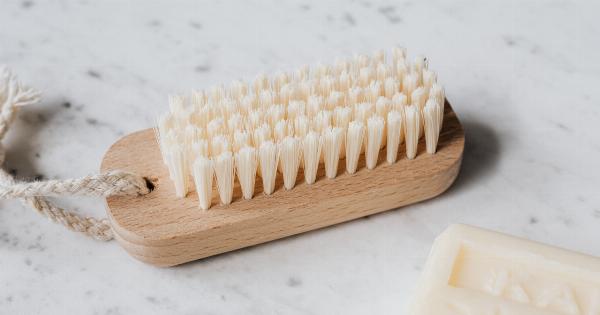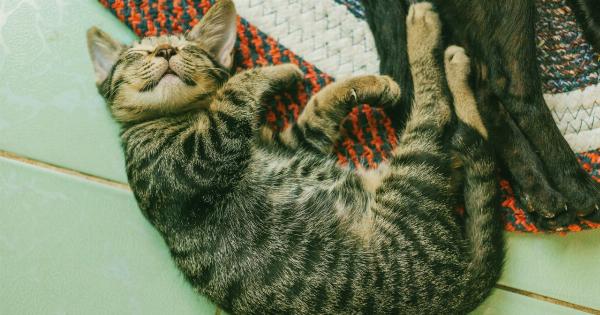Many individuals suffer from allergies, which can make owning a pet challenging. However, there are certain breeds of animals that are considered allergy-friendly and are less likely to trigger allergic reactions in sensitive individuals.
In this guide, we will explore various hypoallergenic pets and provide tips on how to keep allergies at bay when owning a pet.
Understanding Pet Allergies
Pet allergies are caused by an overreaction of the immune system to specific proteins found in the pet’s dander, saliva, or urine.
These proteins, known as allergens, can cause symptoms such as sneezing, coughing, itchy eyes, and even difficulty in breathing for some individuals.
While no pet is completely hypoallergenic, certain animals produce fewer allergens, making them suitable for individuals with allergies.
It’s important to note that allergens can still be present in a pet’s fur, but hypoallergenic pets tend to shed less dander and produce fewer allergens overall.
Hypoallergenic Dog Breeds
For dog lovers with allergies, there’s good news! Several dog breeds are known to be hypoallergenic or allergy-friendly. These breeds produce fewer allergens and often have hair instead of fur, reducing the amount of dander in the environment.
Some popular hypoallergenic dog breeds include:.
1. Poodle
Poodles are highly intelligent and come in various sizes, including standard, miniature, and toy. They have curly hair that minimizes shedding and dander. Regular grooming is essential to keep their coats free from mats and allergens.
2. Bichon Frise
Bichon Frises have a beautiful, fluffy coat that doesn’t shed much, making them a great choice for allergy sufferers. However, their coats require regular grooming to prevent matting and tangling.
3. Maltese
Maltese dogs have long, silky hair that sheds minimally. Like other hypoallergenic breeds, they require regular grooming to maintain their coats and prevent the accumulation of allergens.
4. Portuguese Water Dog
Portuguese Water Dogs are energetic and known for their water-repellent, curly, and non-shedding coats. Regular bathing and grooming are necessary to keep their coats clean and reduce the risk of allergies.
5. Yorkshire Terrier
Yorkies have silky hair that resembles human hair rather than fur. They produce fewer allergens and are often considered a hypoallergenic breed. Regular brushing and grooming are crucial to prevent mats and tangles in their coats.
Recommended Hypoallergenic Cat Breeds
Cats can also be hypoallergenic, making them suitable companions for individuals with allergies. Although no cat breed is completely allergen-free, certain breeds produce fewer allergens and may be more tolerable for allergy sufferers.
Here are some hypoallergenic cat breeds to consider:.
1. Siberian
Siberian cats are known for their long, thick fur that produces lower levels of allergens compared to other breeds. Regular grooming can help minimize the risk of allergic reactions.
2. Balinese
Balinese cats have beautiful, long hair that doesn’t shed much. They are considered hypoallergenic due to their low allergen production. Regular grooming is necessary to maintain their coats.
3. Siamese
Siamese cats have short, fine hair that produces fewer allergens. They are often recommended for individuals with allergies, but regular brushing is still important to minimize shedding and dander.
4. Sphynx
Sphynx cats are unique due to their lack of fur. They are often considered hypoallergenic because they don’t produce the same amount of allergens as cats with fur. However, they require frequent bathing to remove excess oils from their skin.
Tips for Minimizing Allergens
Even with hypoallergenic pets, it’s essential to follow certain practices to minimize allergens in your home:.
1. Create Pet-free Zones
Designate certain areas in your home as pet-free zones, such as bedrooms or specific rooms where you spend a significant amount of time. This will provide allergy sufferers with allergy-free spaces to retreat to.
2. Regular Grooming
Regular grooming is crucial for hypoallergenic pets. Brushing your pet’s coat frequently will help remove loose hair and prevent the accumulation of dander. Consider using a pet-friendly allergy-reducing shampoo during baths.
3. Clean Your Home
Vacuuming and dusting regularly can help remove pet dander and allergens from your home. Use a vacuum cleaner with a HEPA filter to effectively capture allergens, and consider using allergen-proof covers for your furniture.
4. Improve Air Quality
Air purifiers can help filter out allergens from the air, creating a cleaner and healthier environment for allergy sufferers. Additionally, ensuring proper ventilation and maintaining moderate humidity levels can also reduce allergen levels.
By implementing these practices, individuals with allergies can create a more allergy-friendly environment while still enjoying the companionship of a hypoallergenic pet.





























